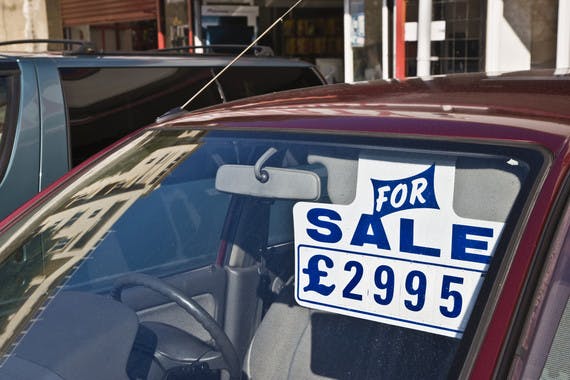How many owners has my car had and why is that important?

"One previous owner" is the biggest cliché in the world of classified car ads. The reason you see it so often is it's a way of suggesting that a car is still relatively new and has been looked after. But exactly how critical is the number of previous owners? Or are other factors more important?
How important is a single owner?
In the world of used cars, one owner is seen as ideal for a car.
This is because it suggests the car might not be very old. Age isn’t necessarily a huge indicator of a car’s condition, but buyers prefer a newer car, especially if more recent in-car technology features, such as smartphone connectivity, are important.
A car with one owner might also have been looked after better. When we take possession of a brand new car, we tend to take better care of it, trying to maintain that showroom sparkle, and it’s likely to have been serviced more regularly, too.
One owner will also have driven in a consistent manner, so the wear and tear will also be consistent.
Finally, the owner of a new car will have spent quite a bit of money buying the car, which represents a bigger investment than, say, the fifth or sixth owner, who bought the car for a few hundred pounds, perhaps.
Every car is different
On the other hand, multiple owners aren’t necessarily a bad thing, either.
If a car has changed hands every two or three years, there’s a chance that every new owner has treated the car like brand new – because it is brand new to them when they buy it. Each one might have treated it with some TLC.
And a single owner might well have lost interest in looking after their car, seeing it as just transport after a few years and not caring as much about its maintenance.
The truth is, there is no hard and fast rule: every car is different. The most important factor is whether a car has been looked after, over the course of its life – which its history will show.
How to check a car’s service history
A detailed service history is the mark of a well-maintained car. If the car has been taken for regular services at a reputable garage, it should offer greater reassurance to a buyer. The same goes for receipts and records of any work carried out on the car.
In many ways, the service history is a more reliable indicator of a used car’s history than knowing who all the owners were. If there are stamps for services from two or three (or more) different dealers in different parts of the country, you can take a pretty good guess where the owners have lived.
And you can also learn a lot about the car from where it has been owned. If it’s been owned close to a motorway, it's probably done a few miles on them and should have been driven more smoothly, without too much wear and tear on the brakes. On the other hand, if it's been owned in a rural area, with lots of driving on country roads, the brakes will have had more of a workout, while the suspension might also have had more to do, too, having to deal with poorly surfaced roads and potholes.
Get it checked out
As you’re investing a lot of money in a car, you want to make sure that it's mechanically sound.
There are some basic checks you can do yourself – checking the bodywork for dents and scrapes, looking for cracks and bald patches on tyres, and looking at the oil level with the dipstick.
If you’re happy with all this, it's time to get an expert to give it a thorough mechanical inspection.
Finding out more
Even having a service history will tell you a lot about a used car. A trustworthy owner should make this available to a buyer when they’re inspecting the car. If this is supplemented by receipts for any work done, even better.
It’s also worth checking online with the DVLA about whether the car has been subject to any recalls (and had the necessary work done) and also the MOT history. Just go to https://www.gov.uk/check-vehicle-recall and https://www.gov.uk/check-mot-history.
Make searching and staying updated even easier.